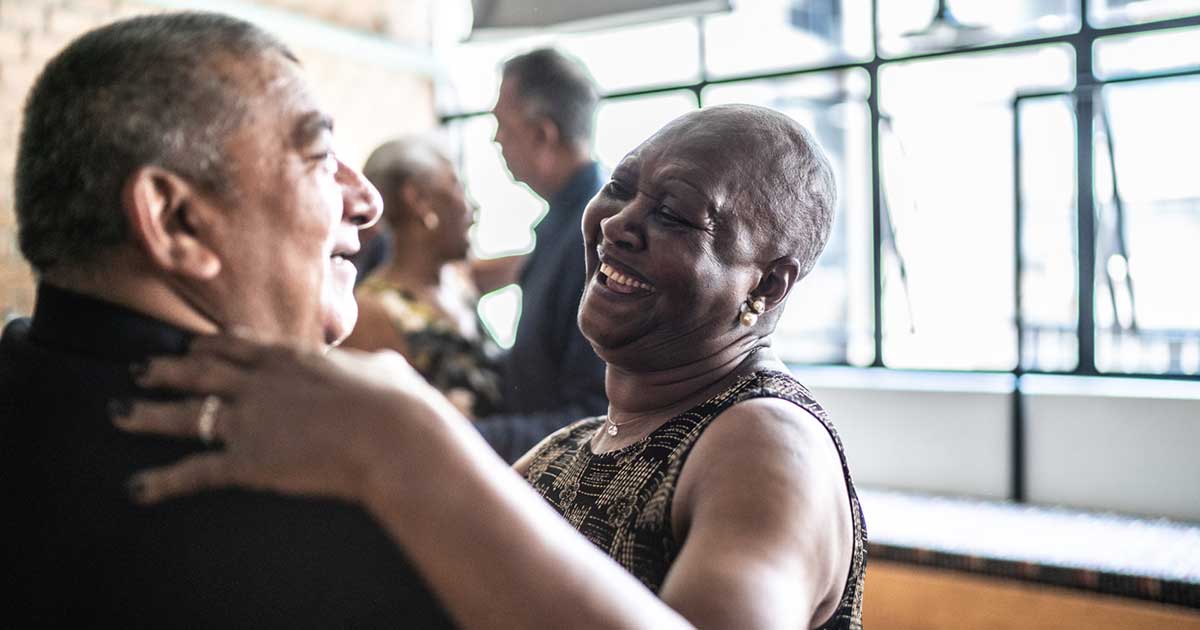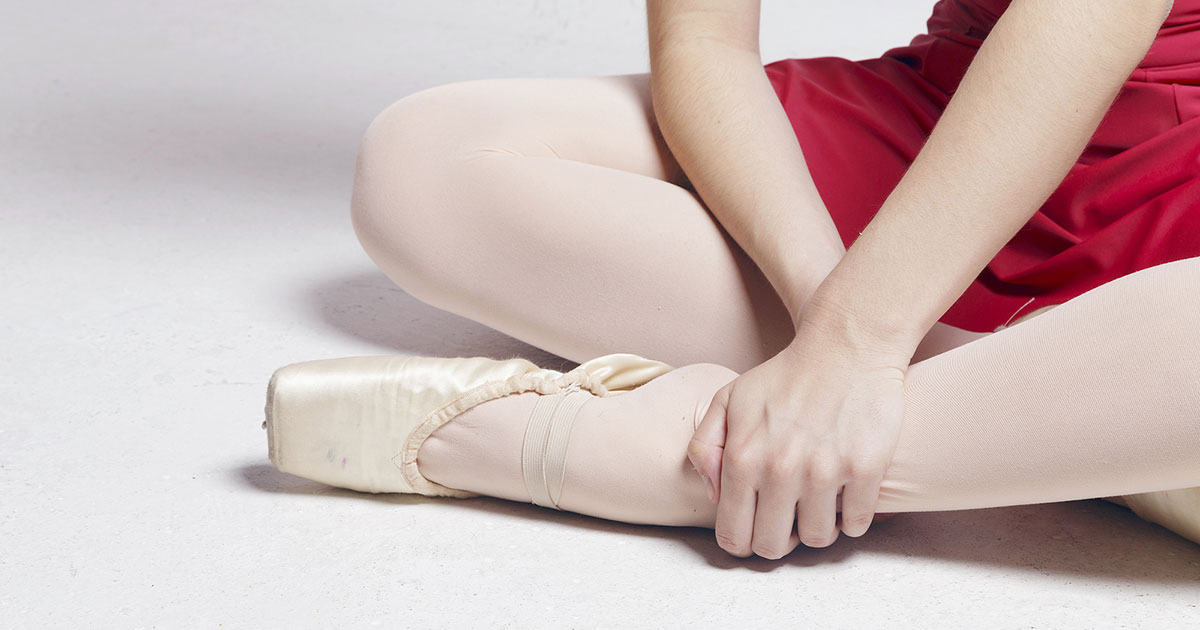Breakdancing & Common Injuries
Advice to improve your movement, fitness, and overall health from the world's #1 in orthopedics.
With the emergence of shows like “So You Think You Can Dance,” many forms of dance have become mainstream and surged in popularity. There is something undeniably remarkable about the flexibility, technique and precision of a dancer. Their ability to captivate and inspire an audience with their talent is extraordinarily breathtaking. Behind the costumes and the seemingly effortless choreography are years of training. Dancers push the limits and challenge their bodies repeatedly to perfect their craft. They are at once expected to be many things that are seemingly opposed: strong, muscular and powerful but also flexible, lithe and graceful.

The most common musculoskeletal injuries incurred by dancers are ankle sprains, shin splints, flexor hallucis longus tenosynovitis, Achilles tendonitis, snapping hip, cartilage tears and patellofemoral syndrome. Musculoskeletal injuries sustained by ballet dancers have been studied more extensively than other genres, which the above list represents. If you’ve ever admired a ballerina’s turn out, a tap dancer’s footwork, or a breakdancer’s power moves, it’s clear that the stresses placed on the body as well as injuries sustained differ between styles.
The severity of injuries incurred by breakdancers, for example, are similar to gymnasts. “Breaking” combines dance with remarkable athleticism. In fact, there is a higher risk of incurring life-threatening injuries when compared to other forms of dance. Common injuries reported are sprains; strains; tendinitis; bursitis; growth plate injuries; fractures of the clavicle, radius, and ulna; stress fractures of the femur, calcaneus, and vertebra; and spinal cord injuries. Injuries to the wrist seem to be the most common due to power moves such as flairs and windmills. Oftentimes, b-boying is typically practiced without supervised training, therefore the rate of injury is presumed to be higher than most studies report.
Breakdancing originated in the South Bronx in the late 60s and early 70s. By the 1980s, it became more commercialized and adopted into mainstream culture. By 2010, independent breakdancing competitions were being held around the world. After its successful introduction at the 2018 Youth Olympics in Buenos Aires, breakdancing was approved as a sport in the 2024 Olympics in Paris.
I recently had the pleasure of speaking with Anthony Rue II, a hip hop/street dancer and founder of Urban Dance League (UDL). Anthony oftentimes incorporates breaking into his choreography and freestyles. UDL puts dancers on the same platform as athletes, with organized dance classes, performances and competitions, earning points and gaining sponsors like other high-performing athletes.
Anthony has danced consistently since the age of nine, also under the alias AntBoogie. His training began at the National Dance Institute in Brooklyn, New York. He continued his training at the acclaimed “Fame” school, Fiorello H LaGuardia High School for Music and the Performing Arts. Anthony combined his classical training with his gift of choreography and, with a few friends, formed the AmountBoyz. Anthony’s talent was quickly recognized in the dance world; his credits include working with Madonna, Jay-Z, Diddy, Omarion, Alicia Keys, Mario, 3LW, and Ryan Leslie. Anthony has shared his love of dance with his students, as he has been an instructor since 2000.
With years of training under his belt, Anthony has grappled with injures himself, such as a severe hamstring strain incurred during an audition and chronic pain in his hips. He has managed to continue to dance and perform through his injuries, as most dancers do. He stretches regularly and warms up thoroughly before class. Anthony also stays informed and educated about staying healthy and managing his injuries. He recently attended the HSS Day of Dance Wellness this past September, which offered health screenings and educational lecturers for dancers.
As the popularity and interest in this art form increases, an in depth understanding of breakdancing, injuries associated with it, prevention and treatment are vital as we’re continually captivated by these gravity defiant artists. As Anthony says, “Dancers are athletes.”
Published 11/28/2022





